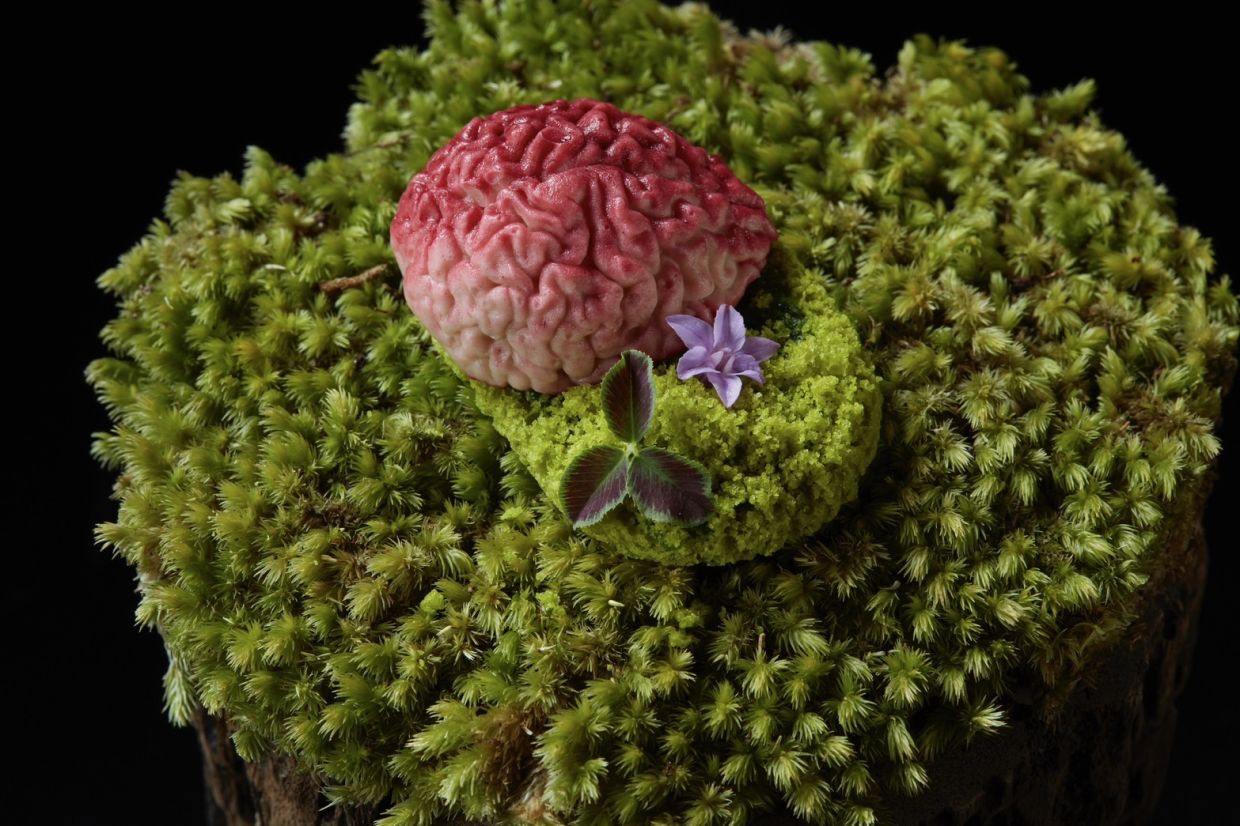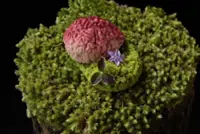
26% of the world's freshwater fishes are at risk of extinction. — Photo: shinpanu thamvisead / Getty Images, via ETX Daily UP
All over the planet, many animals and plants are disappearing at an unprecedented rate. Some species are more threatened than others by the massive decline in biodiversity. According to a study published in Nature magazine, a quarter of freshwater animals are at risk of extinction.
To establish this, researchers analyzed public data as well as the scientific work of over 1,000 international experts, spanning almost 20 years. Of the 23,496 freshwater animal species on the International Union for Conservation of Nature (IUCN) Red List – including fish, crabs, crayfish and even dragonflies – 4,294 were found to be at high risk of extinction. Some species may already be extinct, while others are classified as "vulnerable" according to IUCN criteria. In detail, crabs, crayfish and shrimps are facing the greatest risk of extinction among the groups studied, with 30% of species under threat, followed by 26% of freshwater fishes and 16% of dragonflies and damselflies.
Freshwater biodiversity is particularly at risk in certain regions of the world, including Lake Victoria in Africa, Lake Titicaca in South America, and the Western Ghats in India. These areas are home to many species found nowhere else on Earth. North America, for example, is home to a large number of threatened crayfish species, including Fallicambarus jeanae in Arkansas, classed as "vulnerable" on the IUCN Red List.
Species under threat from human activity
As Catherine Sayer, Freshwater Biodiversity Lead at IUCN, points out: "Freshwater landscapes are home to 10% of all known species on Earth and key for billions of people’s safe drinking water, livelihoods, flood control and climate change mitigation, and must be protected for nature and people alike." However, these habitats are under serious threat, not only from pollution, but also from land conversion for agriculture, water extraction and dam construction, which can disrupt fish migration routes. Overfishing and the arrival of invasive exotic species are key factors in the extinction of many freshwater species. For example, the carp Squalius palaciosi, last observed in 1999, was declared extinct this year due to habitat loss caused by the construction of dams and weirs, as well as the introduction of invasive species in southern Spain.
In addition, the study authors point out that, although endangered freshwater animals often share their habitat with equally endangered amphibians, birds, mammals or reptiles, they face specific threats linked to their particular ecosystems. In the Western Ghats, for example, conservation measures aimed at tigers or elephants will do nothing to preserve the critically endangered humpbacked mahseer. Its survival, threatened by habitat loss, poaching and invasive species, relies on the protection of its rivers and tributaries, as well as strict regulation of fishing and exotic species.
This study highlights the urgent situation facing freshwater ecosystems, the biodiversity of which is at serious risk of extinction. It also calls for immediate conservation action. "Most threatened freshwater animals like shrimps, crayfish and crabs are small, living unseen beneath the surface, but no matter their size, they are essential for keeping healthy the ponds, lakes and rivers that billions of people rely on. Environmental degradation is a risk to their survival and our own. We must take this news seriously and rather than despair, invest energy and resources into conserving these environments – our health, nutrition, drinking water and livelihoods depend on them," says Stephanie Wear, Conservation International senior vice president at the Moore Center for Science, quoted in a news release. – ETX Daily UP









































